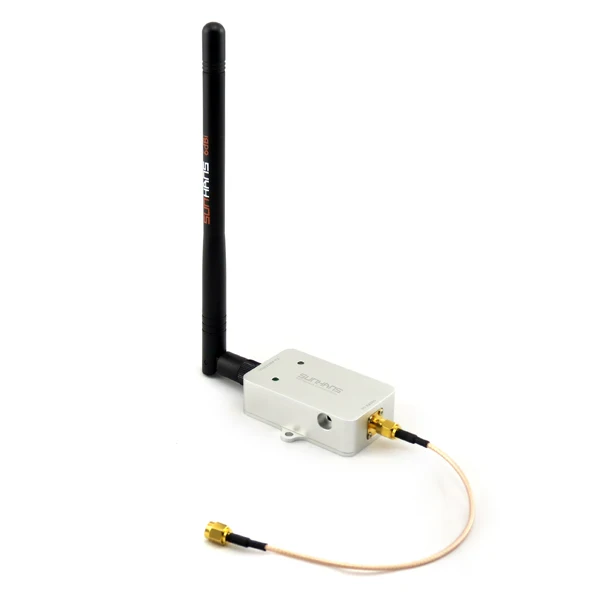

Some people started calling 5 GHz Wi-Fi “5G Wi-Fi” back in the days when 3G and 4G LTE were the dominant cellular standards. Why Do People Say “5G Wi-Fi”?ĥG is a pretty new standard. Of course, you don’t have to use informative names like this-you could name one “Lime” and one “Lemon,” if you wanted. You could then choose which network you want to connect to on your devices. One could be named something like “My Network – 2.4 GHz” and another something like “My Network – 5 GHz.” Both are hosted by the same router, but one is 2.4 GHz, and one is 5 GHz. That’s why people often configure their routers to have two separate Wi-Fi network names. In reality, many devices don’t do this properly and may just connect to the 2.4 GHz network, or they may try to connect to the 5 GHz network and fail. If both Wi-Fi networks are named the same thing-for example, if both your 2.4 GHz and 5 GHz networks are named “My Network”-each connected smartphone, laptop, or other device will automatically switch between the networks, choosing the 5 GHz network and dropping to the 2.4 GHz network when necessary. These routers can host both a 2.4 GHz and 5 GHz network at once, which is useful for older devices that only support 2.4 GHz, or larger areas where devices might move out of 5 GHz range but still be within 2.4 GHz range. This is because Wi-Fi routers that support 5 GHz Wi-Fi can be configured in multiple different ways. That’s pretty misleading, but it wasn’t too confusing before 5G came along. To make matters a bit more confusing, people sometimes name their networks things like “My Network” and “My Network – 5G”. RELATED: What's the Difference Between 2.4 and 5-Ghz Wi-Fi (and Which Should I Use)? Why Do Some Wi-Fi Networks Say They’re “5G”? We’ve seen people use the term “5G Wi-Fi” to refer to 5 GHz Wi-Fi, but that’s incorrect. If you have even a reasonably modern router, it’s probably a dual-band router that supports both 5 GHz and 2.4 GHz Wi-Fi at the same time. Those shorter 5 GHz radio waves make for a faster connection, but they can’t cover as much ground.



2.4 GHz covers a larger area than 5 GHz and is better at going through walls thanks to its longer radio waves. 5 GHz Wi-Fi is also faster than 2.4 GHz Wi-Fi.īut, despite those slower speeds and increased congestion, 2.4 GHz Wi-Fi still has its advantages. It’s excellent in places with a lot of Wi-Fi congestion, such as apartment buildings where every apartment has its own router and Wi-Fi network. It offers more non-overlapping channels, which makes it much less congested. It’s still part of modern Wi-Fi standards like 802.11ac and Wi-Fi 6.ĥ GHz Wi-Fi is great. It came into wide use with the 802.11n Wi-Fi standard, which was initially published back in 2009. Wi-Fi has two frequency bands you can use: 2.4 GHz and 5 GHz. RELATED: What Is 5G, and How Fast Will It Be? 5GHz Is One of Two Bands For Wi-Fi Future smartphones may support 5G and 5 GHz Wi-Fi, but current smartphones support 4G LTE and 5 GHz Wi-Fi. While 5G is an exciting new standard, it has nothing to do with Wi-Fi. 5G could transform your home Internet connection by delivering speedy broadband Internet service wirelessly, too. You’ll start seeing the first 5G smartphones in 2019, and cellular carriers like AT&T, T-Mobile, Sprint, and Verizon will roll out their 5G mobile networks. 5G stands for “fifth generation,” as it’s the fifth generation of this cellular standard.ĥG is designed to be much faster and have lower latency than 4G LTE. It’s a cellular standard and is the successor to 4G LTE and 3G. You’ll be hearing a lot more about 5G soon.


 0 kommentar(er)
0 kommentar(er)
